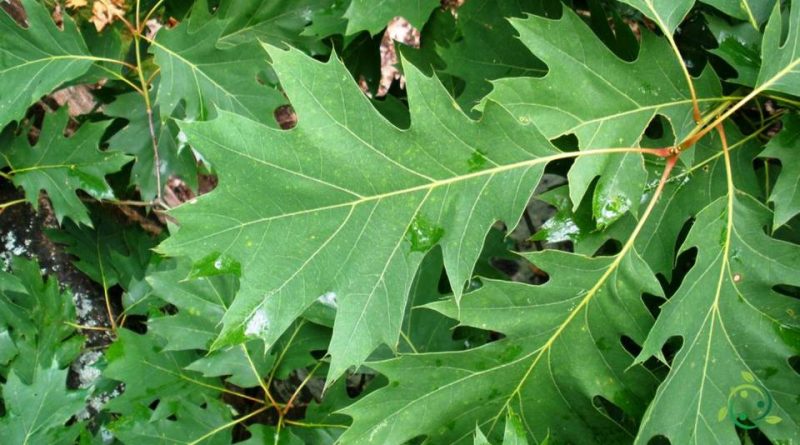Northern red oak reproduction
Northern red oak reproduction
The northern red oak (Quercus Rubra L., 1753) is a plant of the Fagaceae family, originally from the North American Floristic Region atlantic, that is, of the Eastern States of the U.S.A. and Canada around the great lakes.
Suitable reproduction habitat –
Quercus Rubra, as mentioned, is a plant with origins in Eastern and central North America, in an area that goes from Minnesota to New Scotland, to the south to Oklahoma and Georgia.
His natural habitat is that of the mesic sites, including rich woods, dry slopes, rocky outcrops, sandy plains and margins of alluvial plains.
This plant is located in a variety of soils, preferring deep and fine weaving soils, growing larger in protected burner or on repaired slopes.
Propagation –
Quercus Rubra seeds appear as dark-colored acorns at the time of the collection, and then skewed with a yellow-brown color a few months after stratification. They have a size of about 1 cm wide for 1.5 cm in height. For germination it is necessary to stratify the seed, stratification that requires a time not less than 3 months artificial cold (refrigerator) or natural (external). When the tag at the apex will begin to crack in three rupture lines, the embryonic Radician will be about to emerge. An optimal sowing will only take place after the emission of the Radichetta.
Remember that the seeds of this oak quickly lose vitality if they let themselves be dry.
The seed can be kept wet and fresh during the winter, but it is better to sow as soon as it is ripe in an outdoor seedbed, even if it must be protected by mice, squirrels, etc.
Alternatively, small quantities of seed can be sown in deep pots in an unheated greenhouse.
The plants produce a deep quet and must be transplanted in the open field as soon as possible, in fact the seeds sown in situ will produce the best trees.
The young seedlings should not be left in a nursery for more than 2 seasons of growth without being moved, as they badly endure the transplant.
Ecology –
Quercus Rubra is an priest plant in North America but introduced in other countries, as in Europe in the ex -century to embellish parks and gardens.
The tree has found use as a forest species for its ease of adaptation and rapid growth. It is used not only as an ornamental plant, given its pleasant aspect, but also for the production of timber. It is a rustic and rapid growth species, it does not show particular problems towards light, however, does not like limestone soils and develops well in fertile and waterproof soils. It can live up to a hundred years.
Cultivated for self-growing use for its rapid growth and ornamental purposes for the beautiful appearance of the foliage, red in autumn, has sometimes become intrusive in the woods of Farnia (Quercus Robur) of central-northern Europe and northern Italy, especially in Lombardy, Piedmont and Veneto, where planting and cultivation is prohibited to protect local biodiversity.

